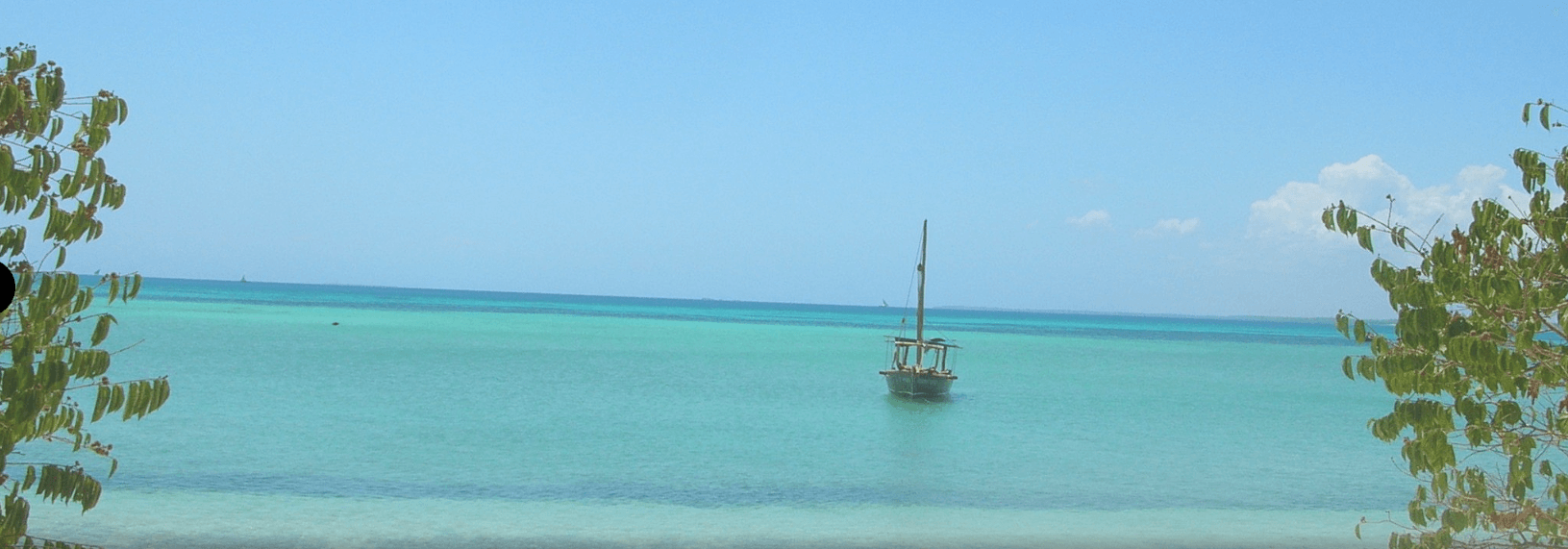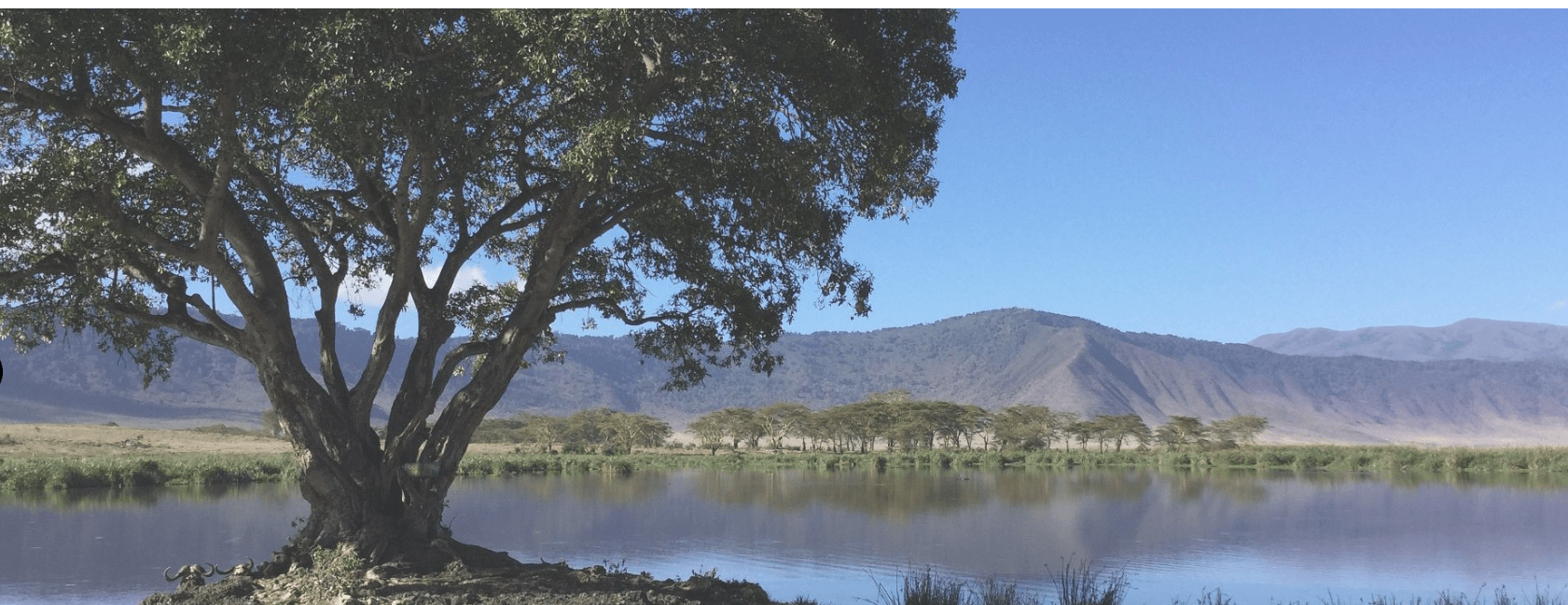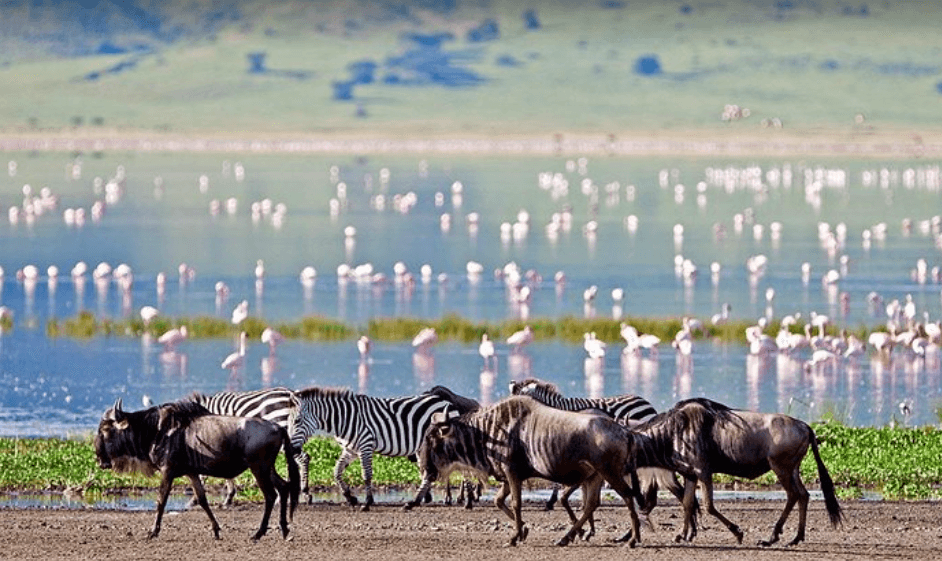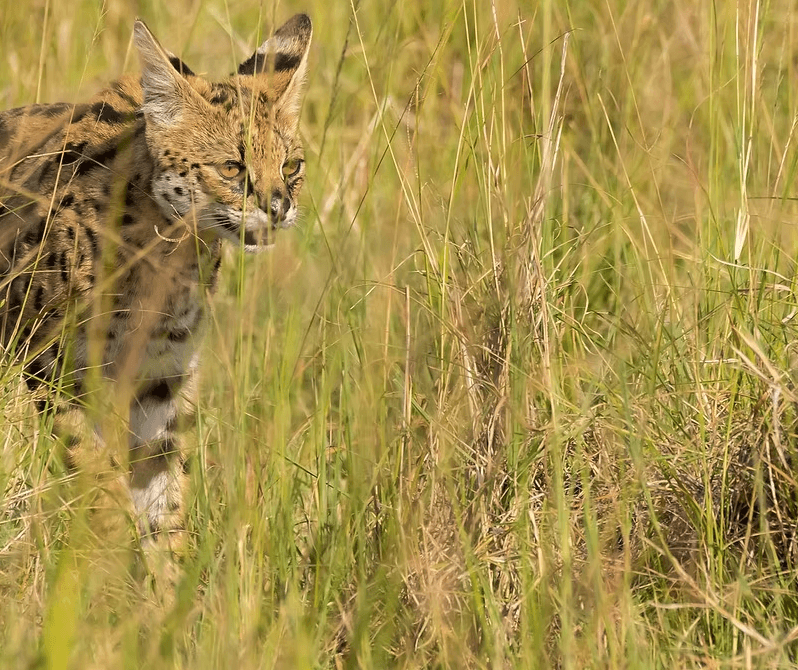The great Rift valley in Kenya
The Great Rift Valley Kenya: Nature’s Most Dramatic Masterpiece
Great Rift Valley Kenya is more than just a geological marvel—it’s a sprawling corridor of life, culture, history, and wonder. Stretching from the Red Sea to Mozambique, this immense trench slices through Kenya like a signature from the Earth itself. But what truly sets the Kenyan stretch apart is its rare combination of dramatic landscapes, ancient secrets, vibrant cultures, and spectacular biodiversity.
The Cradle of Humankind: Prehistoric Treasures
Unearthing Our Origins
The Great Rift Valley has earned the nickname “The Cradle of Humankind”—and rightly so. At the edge of Lake Turkana lies Koobi Fora, one of the richest archaeological sites in the world. Here, the Leakey family unearthed fossils of early human ancestors, including Homo habilis and Australopithecus, dating back millions of years.
Why It Matters
These discoveries reshaped our understanding of human evolution and firmly placed Kenya on the global paleoanthropological map. Visitors to the region can explore museums and excavation sites that bring ancient prehistory to life.
Active Tectonic and Volcanic Drama
A Continent in the Making
The Rift Valley is not just a static landscape—it’s actively evolving. The Kenyan rift is one of the few places where you can witness the slow birth of a new ocean. This tectonic rift is gradually splitting the African continent in two.
Volcanic Highlights
You’ll find volcanic marvels such as Mount Longonot and Menengai Crater, both of which offer hiking trails that take you into steaming calderas. Earthquakes, geysers, and hot springs hint at the underground forces still shaping this land.
Rare Double Crater Volcano: Mount Suswa
A Geological Gem
Often overshadowed by its bigger cousins, Mount Suswa offers a unique experience. This shield volcano features a rare double crater system—an inner collapsed crater surrounded by a wide outer ring.
Cultural and Natural Fusion
What makes it even more unique is that Maasai communities live inside the outer crater, blending daily life with a stunning natural amphitheatre. The mountain also houses extensive lava tube caves filled with bats, baboons, and ancient cave drawings.
Stargazing and Astronomy in the Rift Escarpment
Celestial Safari
Thanks to high altitudes and minimal light pollution, parts of the Rift Valley are perfect for stargazing. Ngong Hills, Elgeyo Escarpment, and even Mount Suswa offer panoramic night skies.
Why It’s Special
Few travellers associate Africa with astronomy, but these vantage points provide an unmatched opportunity to view stars, planets, and meteor showers.
Seasonal Flamingo Migration Beyond Lake Nakuru
More Than Just Nakuru
While Lake Nakuru is famous for its flamingos, Lakes Bogoria and Elmenteita offer even more spectacular, less crowded shows. During peak migration, these alkaline lakes turn pink with millions of flamingos.
Nature Meets Drama
Bogoria adds another dimension with its steaming geysers and boiling springs, creating an ethereal, almost alien, backdrop for photography.
Living Cultures: Maasai, Pokot, Elgeyo, and Samburu
Deep Cultural Roots
The Great Rift Valley is home to a rich mosaic of indigenous cultures. The Maasai are well-known, but don’t overlook the Pokot, Elgeyo, and Samburu—each with their own language, customs, and ecological knowledge.
Cultural Tourism Opportunities
You can experience:
- Cliffside farming with the Elgeyo
- Pokot salt harvesting at Lake Baringo
- Samburu camel caravans and traditional ceremonies
Endemic and Rare Bird Species Hotspot
A Birder’s Paradise
The Rift Valley is one of the world’s top birding destinations. Over 500 bird species have been recorded here, including the Lappet-faced vulture, Jackson’s hornbill, and the Great white pelican.
Lesser-Known Birding Spots
While most tourists head to Nakuru, serious birders prefer quieter spots like Lake Baringo and Kakamega Forest, where rare and endemic species thrive.
Hidden Forests & Sacred Groves
Green Sanctuaries
Beyond the lakes and escarpments lie hidden forests such as Menengai Forest, Kereita Forest, and the sacred groves of Mount Elgon.
Spiritual and Ecological Importance
These groves are biodiversity hotspots and hold spiritual significance for local communities. Forest bathing, butterfly watching, and guided nature walks offer a tranquil contrast to the valley’s dramatic terrain.
Adventure Escapes: Rock Climbing, Paragliding, and Caving
For the Thrill Seekers
The Rift Valley is not just about scenic drives. It’s a playground for adrenaline junkies:
- Rock climbing at Fischer’s Tower in Hell’s Gate
- Paragliding over the Elgeyo Escarpment
- Caving in Suswa’s lava tubes and Menengai’s underground tunnels
Active Exploration
These activities offer close encounters with the valley’s natural features while promoting sustainable adventure tourism.
Eco-Geological Storytelling for Sustainable Travel
More Than a Landscape
What makes the Great Rift Valley unique is its ability to tell a story of Earth, evolution, and enduring human culture. Tour operators and local guides are increasingly blending geology, ecology, and anthropology into a single educational experience.
Community-Led Initiatives
Many eco-tours now involve:
- Local guides from indigenous communities
- Conservation-based projects
- Cultural immersion and traditional storytelling
Why the Great Rift Valley Kenya Experience Stands Out
To make your post about Kenya’s Great Rift Valley truly unique, go beyond the surface. Highlight:
- Prehistoric archaeology & Leakey family legacy at Koobi Fora
- Mount Suswa’s double crater & cave system
- Tectonic activity and the future split of Africa
- Lesser-known flamingo hideouts like Bogoria and Elmenteita
- Indigenous cultures with unique farming and ceremonial traditions
- Stargazing and volcanic camping under unpolluted skies
- Rare birds and hidden forests teeming with life
- Adventure sports that connect you to the earth itself
Kenya’s Great Rift Valley is not just a destination—it’s a living, breathing story carved into the land. As you trek across prehistoric excavation sites, peer into volcanic craters, witness flamingos painting the lakes pink, and stargaze from sacred hills, every moment connects you to Earth’s deep past and cultural richness. When you walk its escarpments or rest beneath its acacia trees, you don’t just observe history—you become part of it. a living, breathing story carved into the land. When you walk its escarpments or rest beneath its acacia trees, you don’t just observe history—you become part of it.





